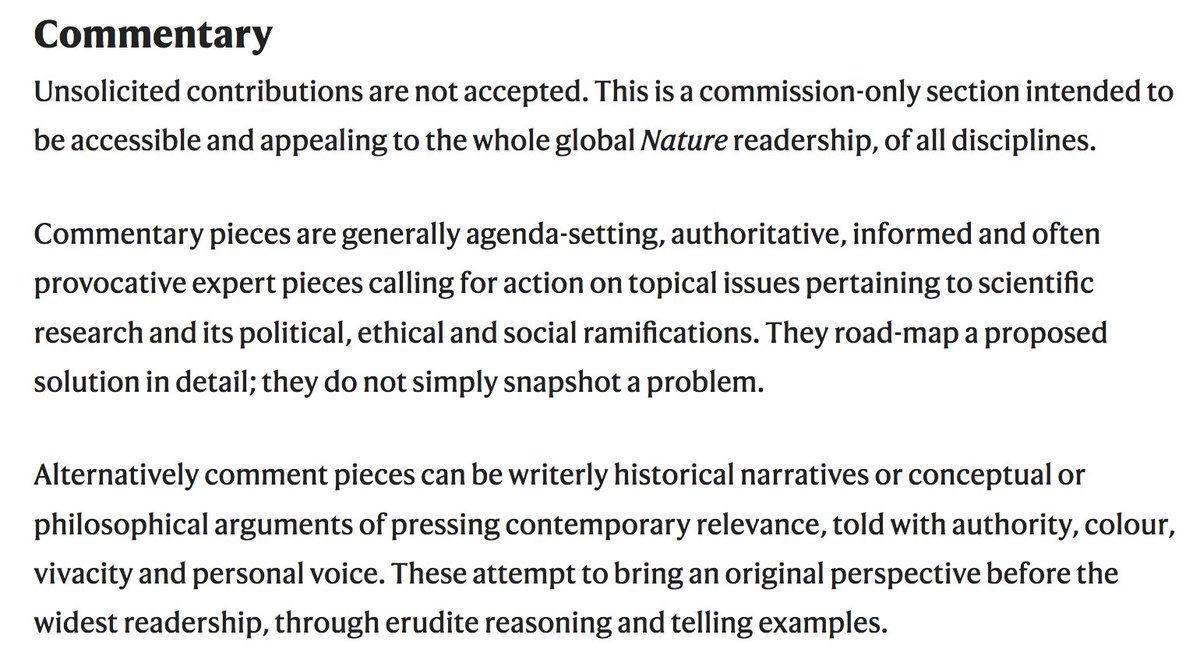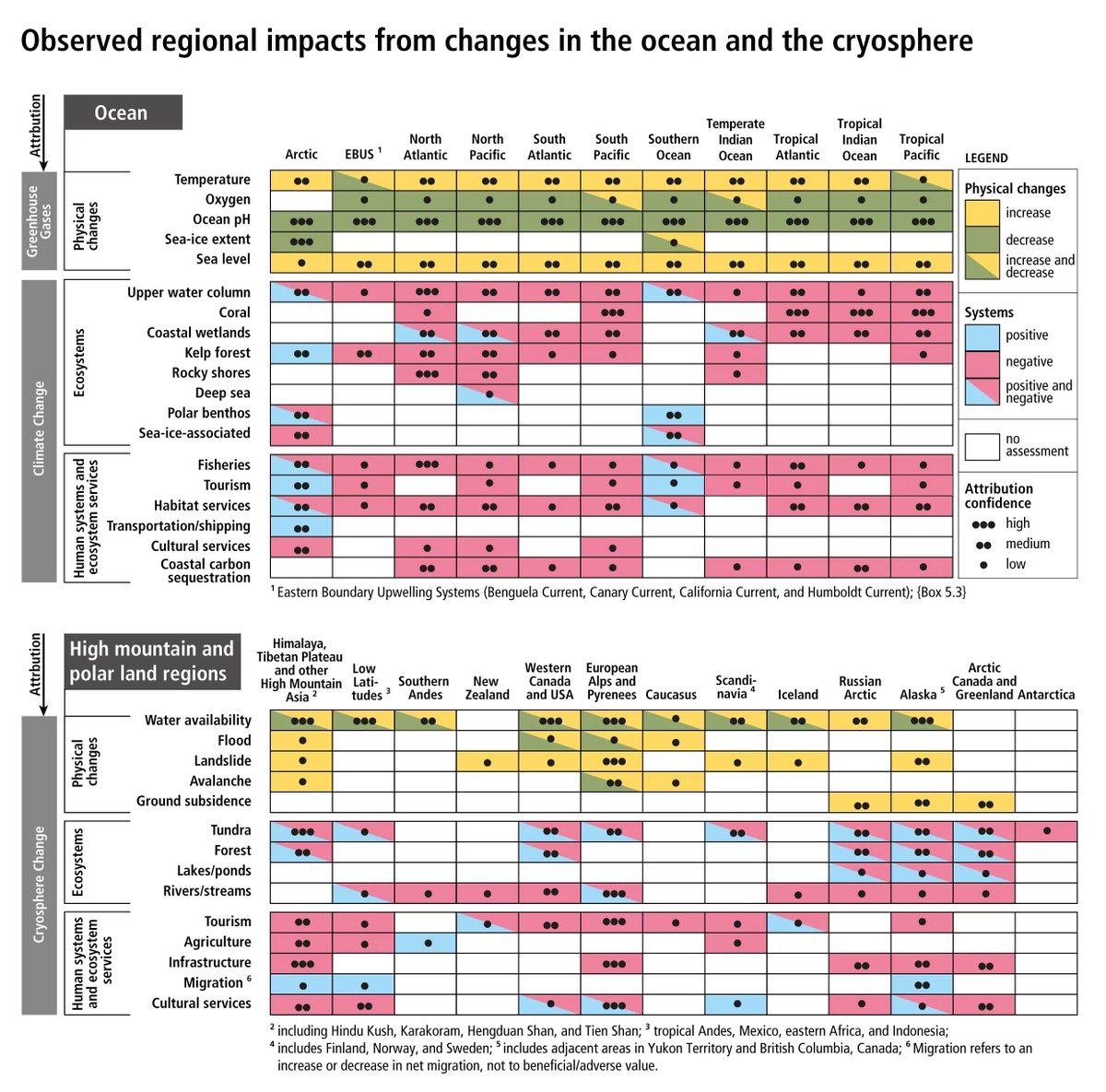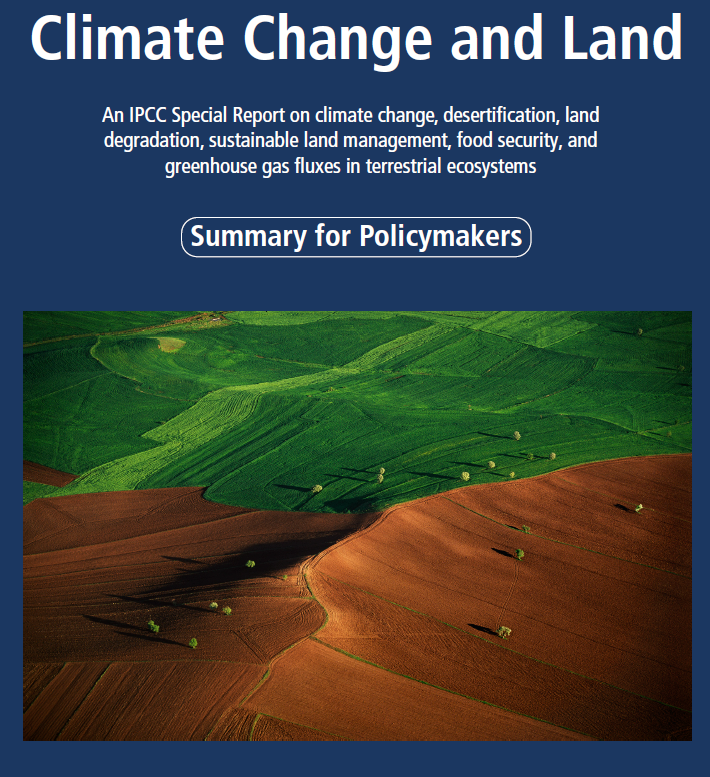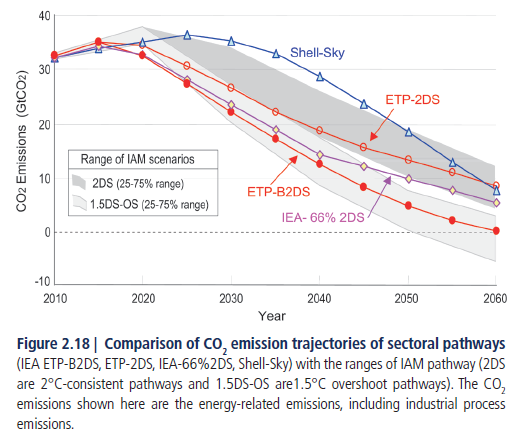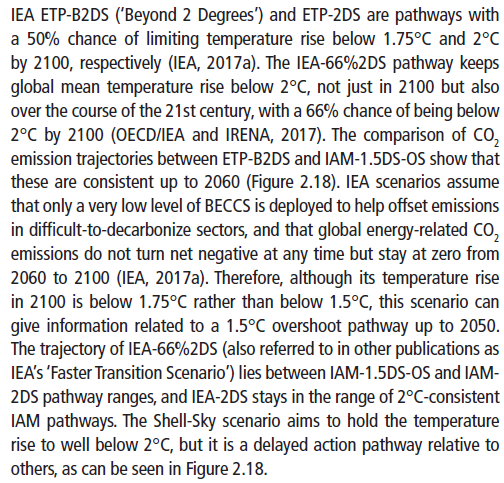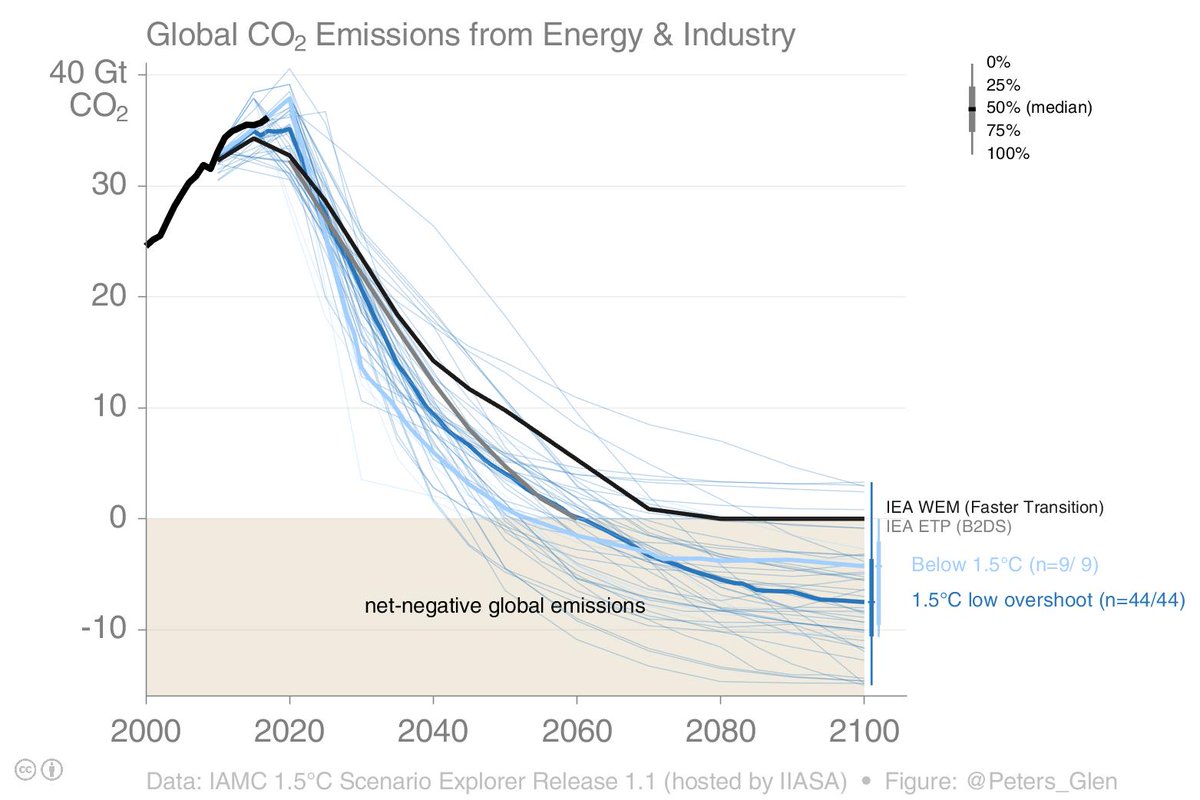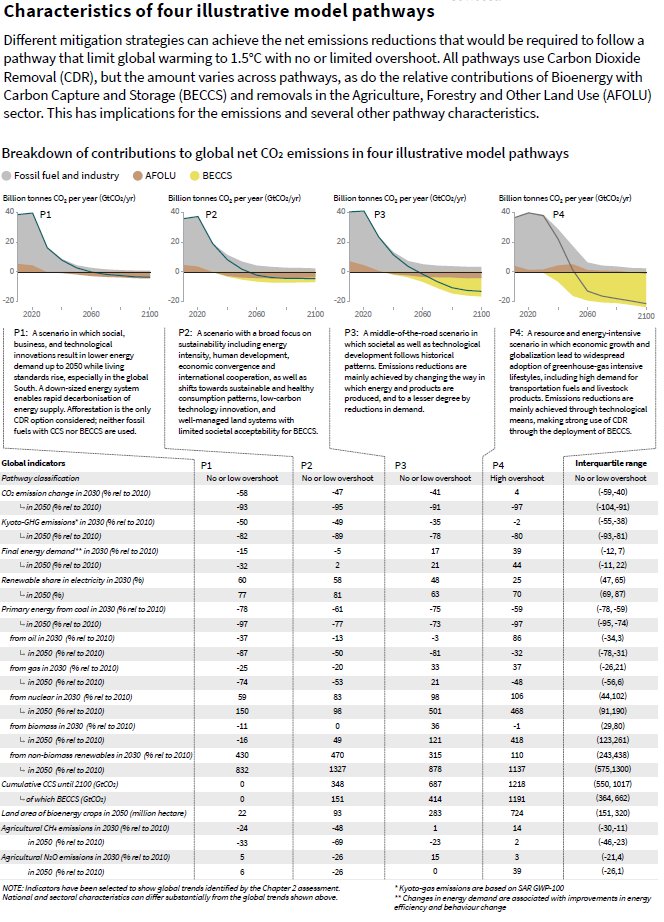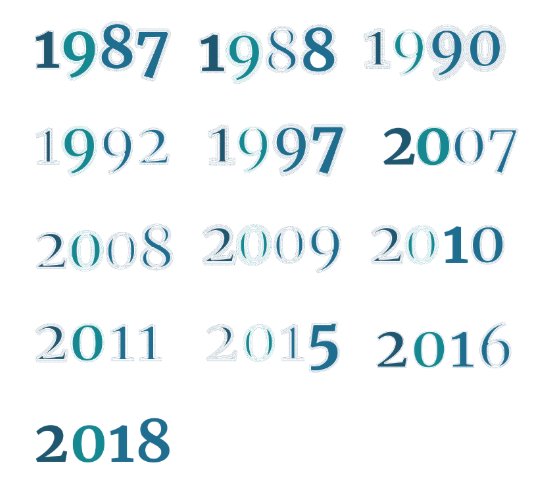Key findings from the IPCC Special Report on the Ocean and the Cryosphere in a changing climate were presented at #COP25 this week
unfccc-cop25.streamworld.de/webcast/joint-…
See the Glossary for definitions of key scientific terms: ipcc.ch/site/assets/up…

emissions.
To know more on other aspects of this report, you can watch the full presentation : unfccc-cop25.streamworld.de/webcast/joint-…
or navigate into the report : Summary for policy makers, Chapters, Frequently Asked Questions, Glossary...
ipcc.ch/srocc/
END
































